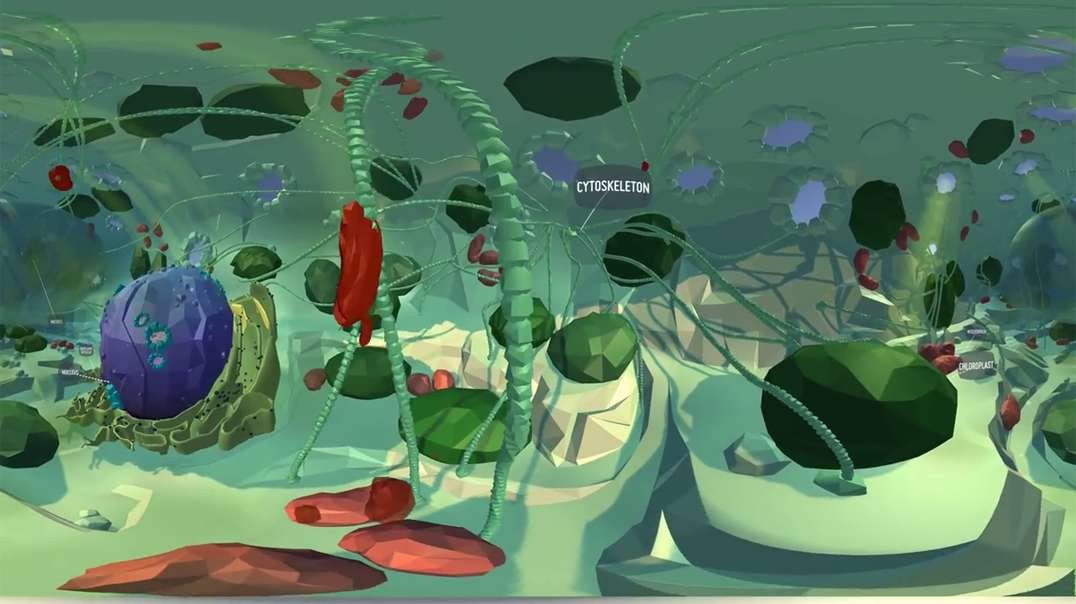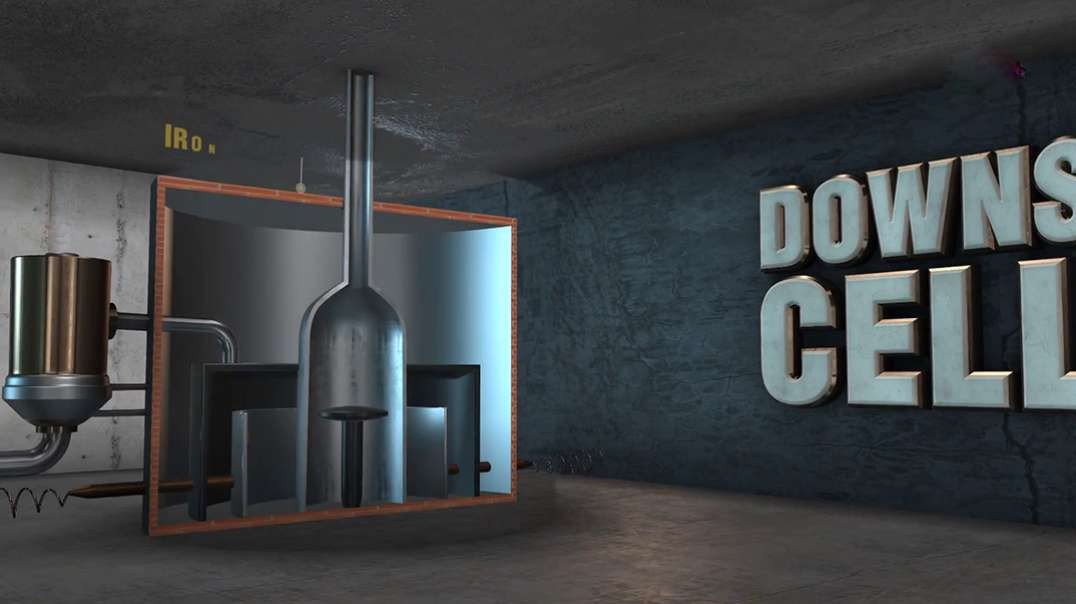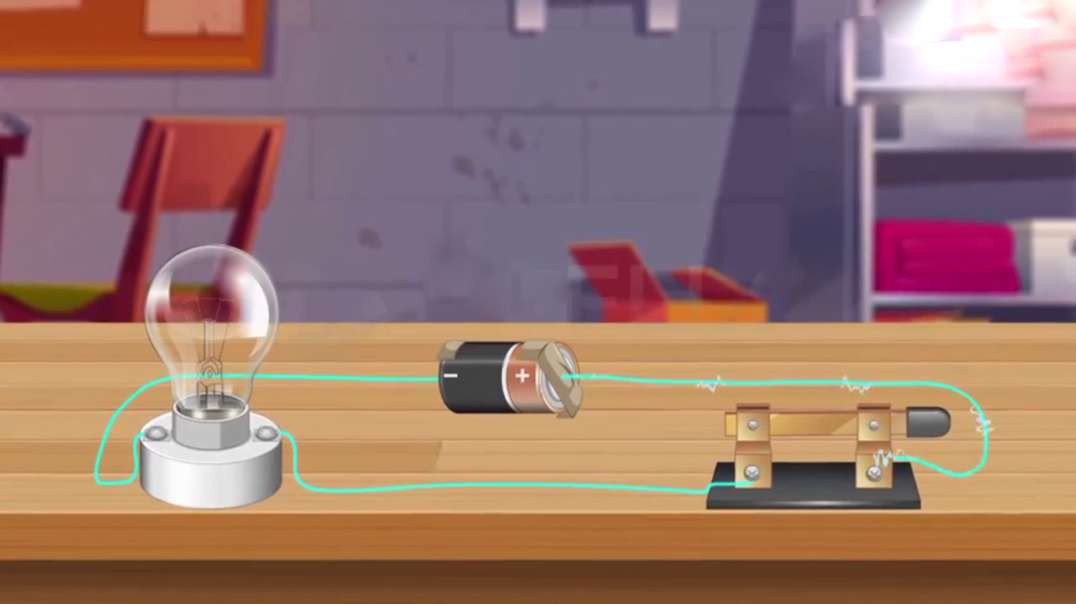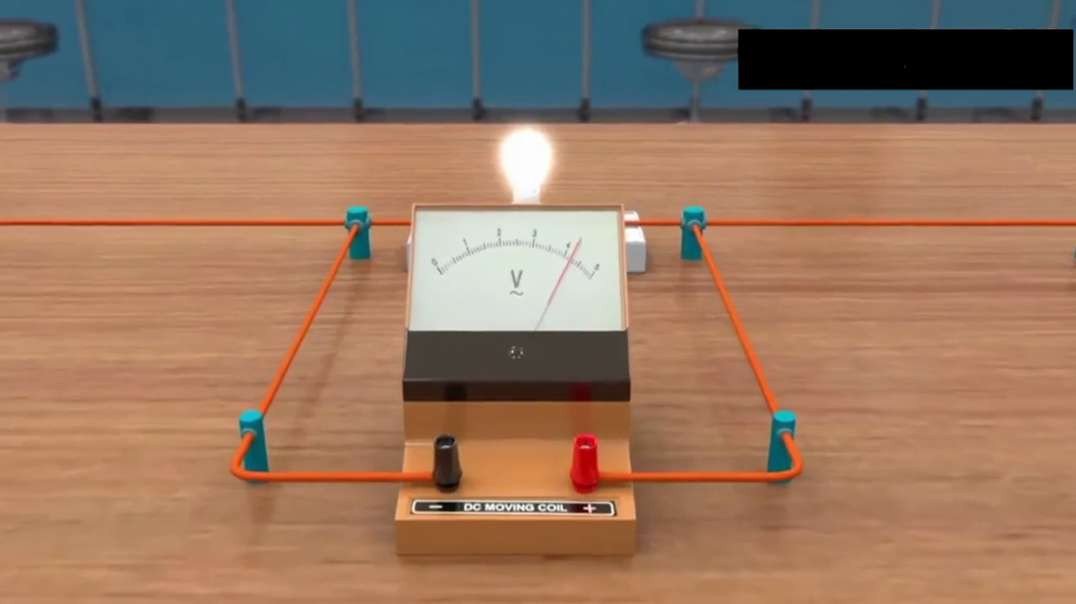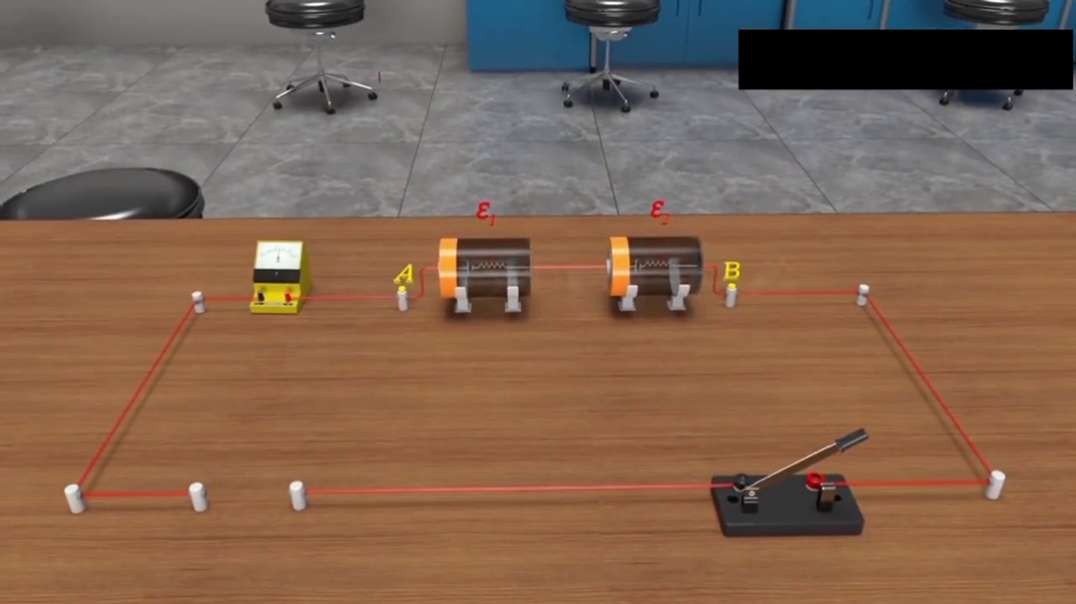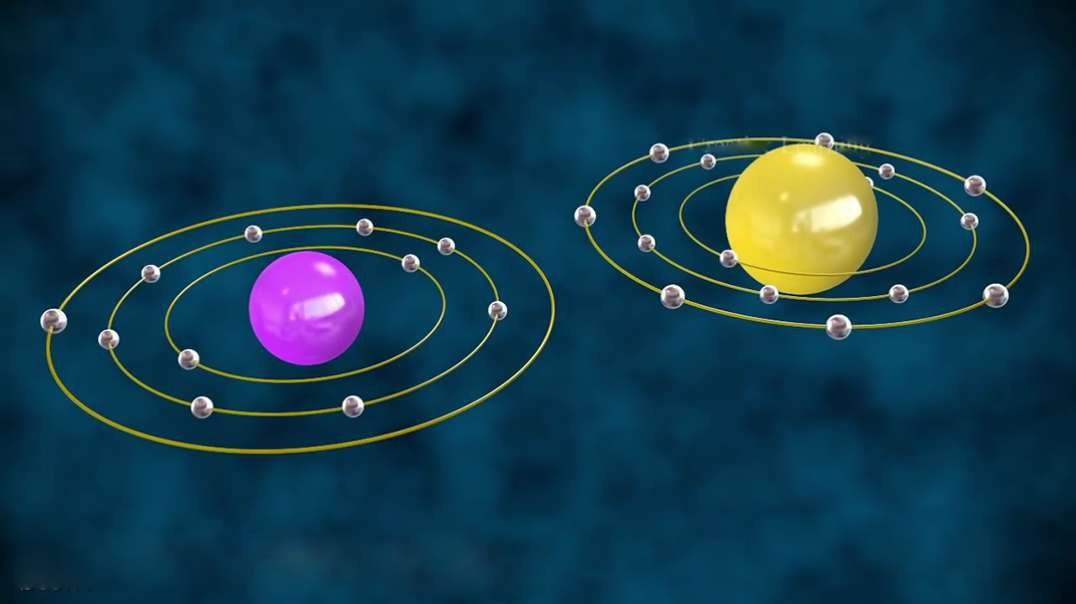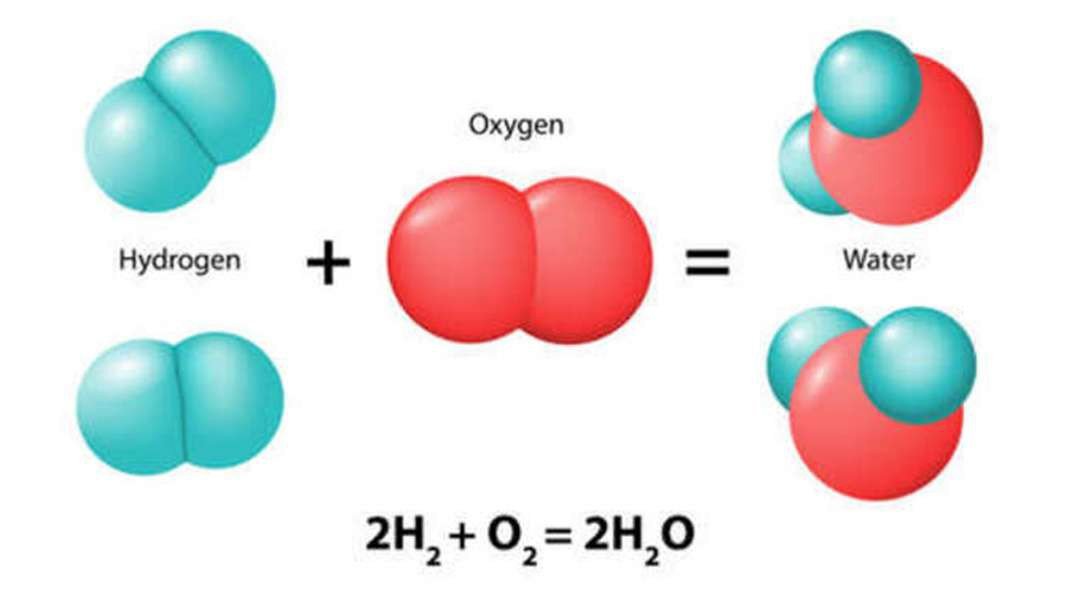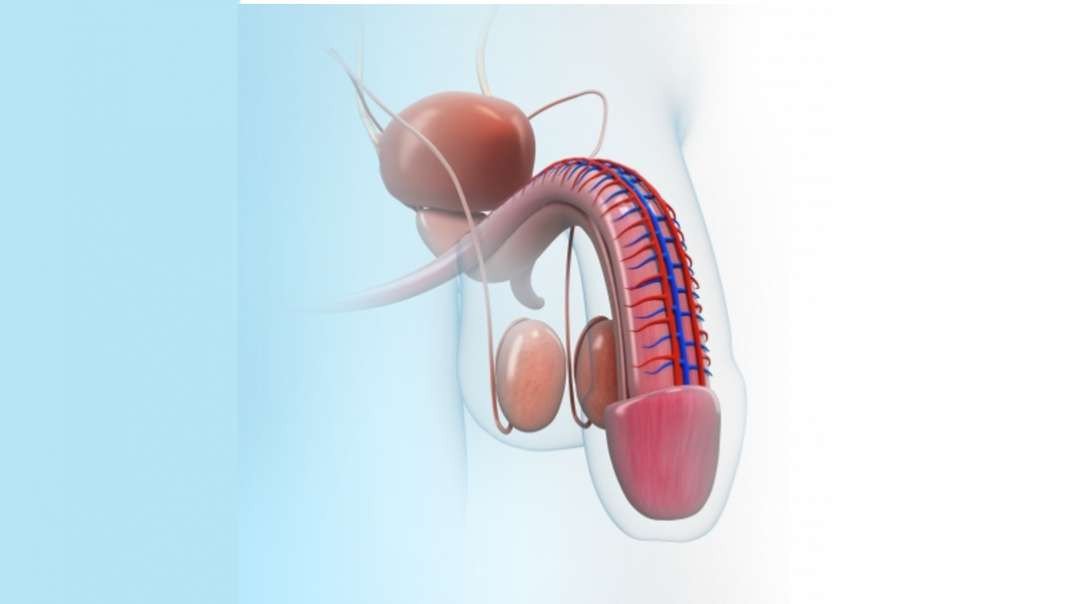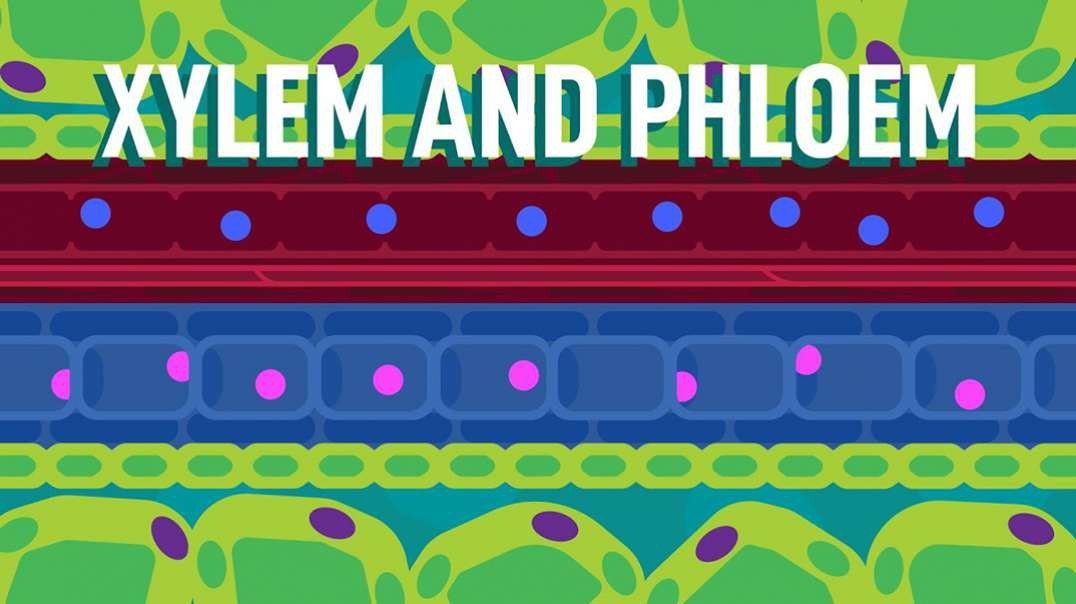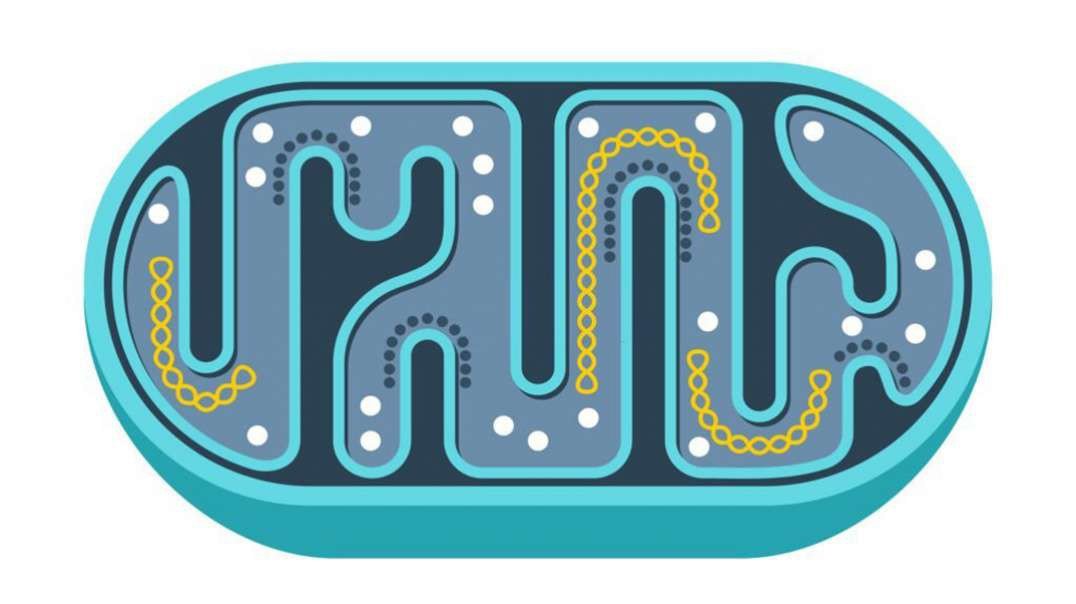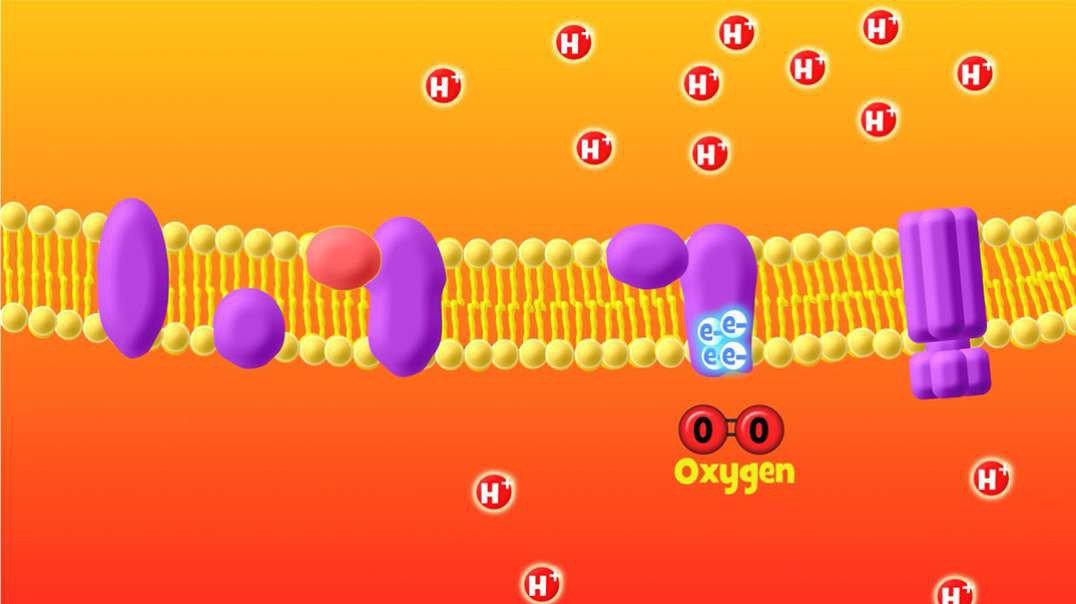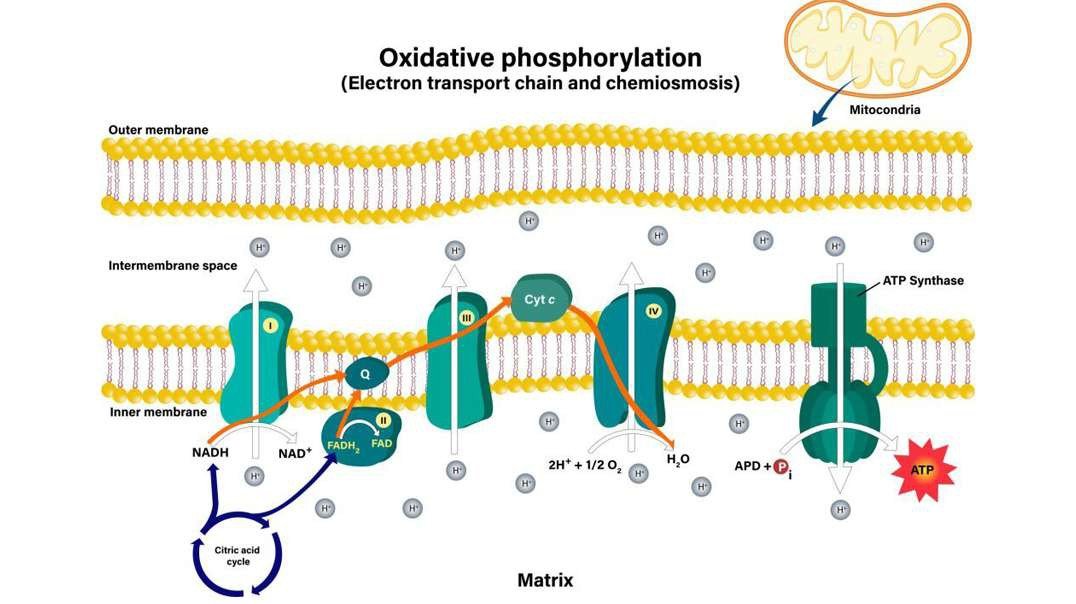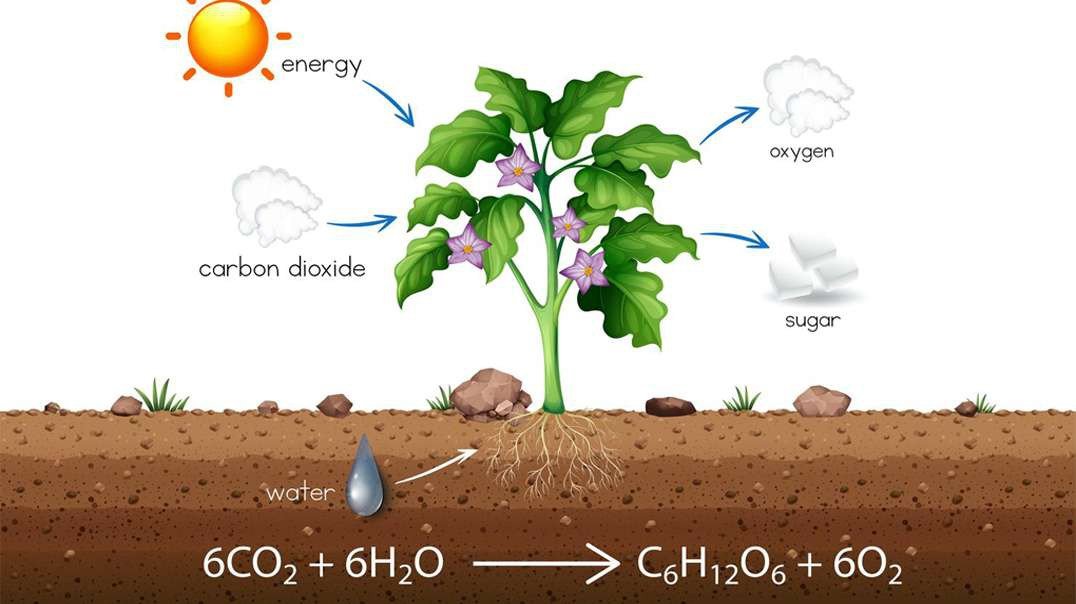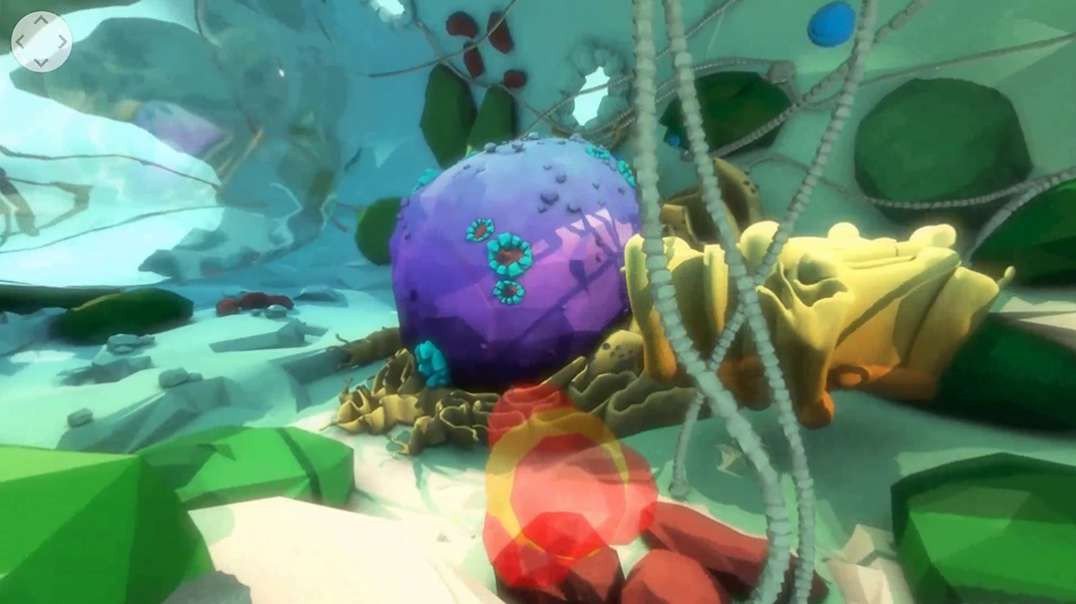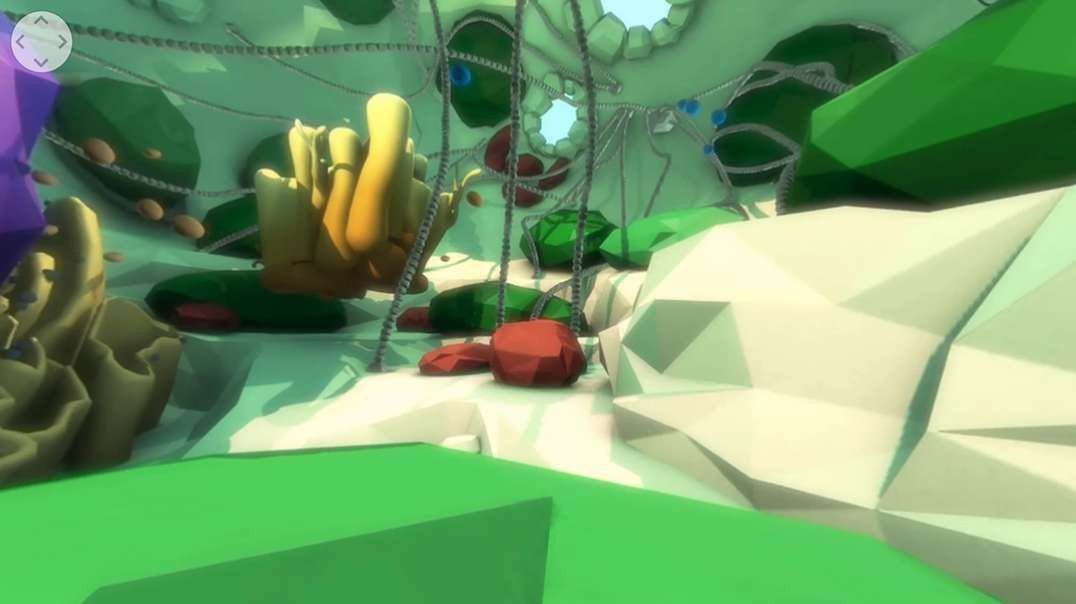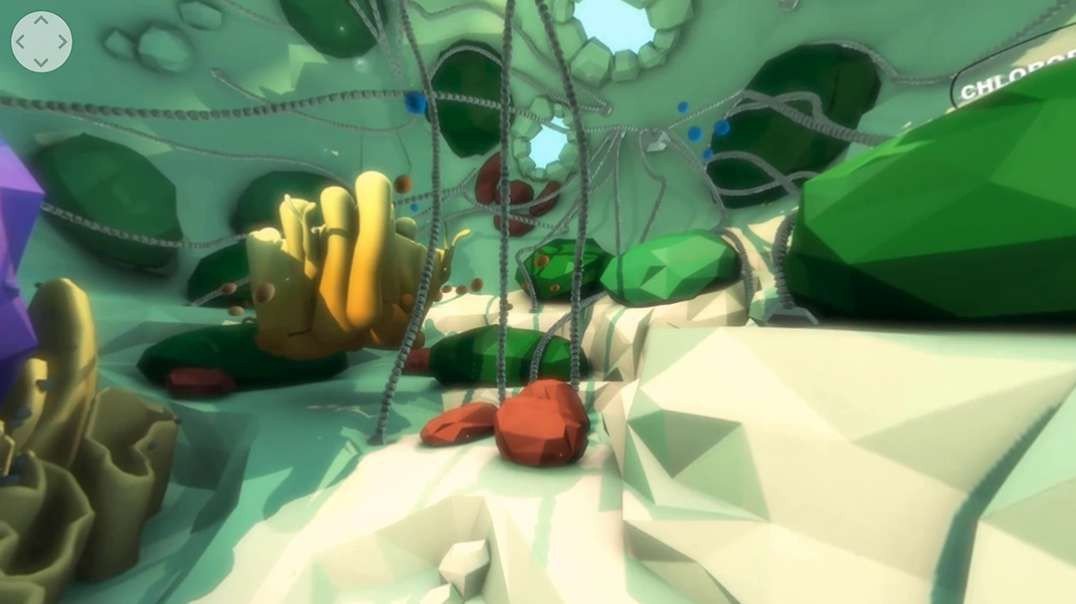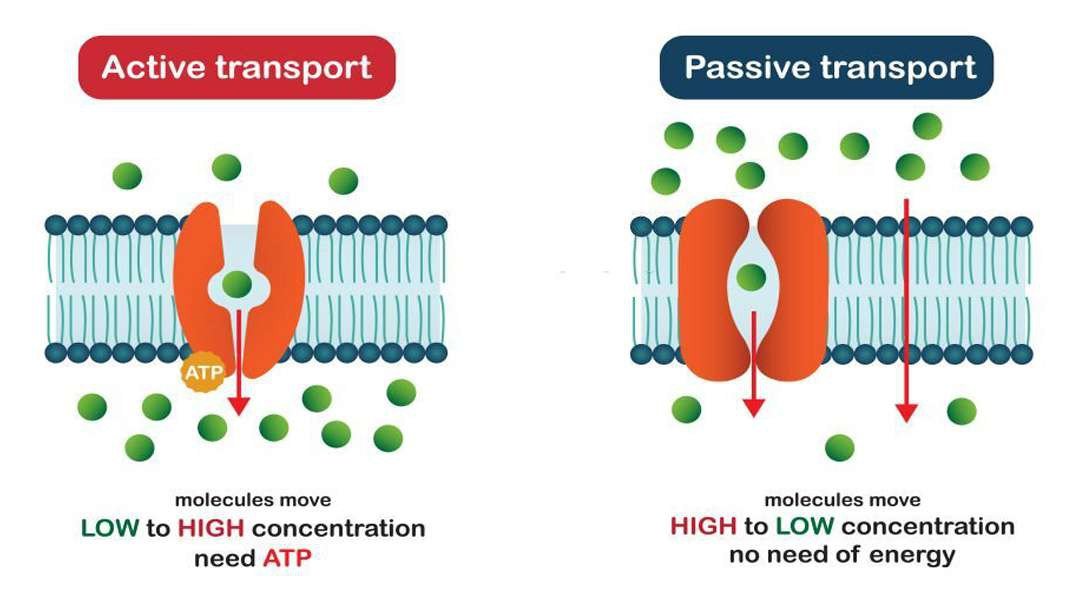
:
Overview of Cell Transport
Cell transport is the process of how things move in or out of the cell through the cell membrane. There are two broad categories of cell transport. The first category is passive transport. For a cell, passive transport means it's an automatic process that doesn't require any input of energy. For example, diffusion is a passive process in which particles move either into or out of the cell from an area of higher concentration to an area of lower concentration. The cell doesn't use any energy when this happens. The second category of cell transport is active transport. This is when particles move from an area of lower concentration to an area of higher concentration. When particles move against the concentration gradient, energy is required often to allow protein pumps to assist in particle movement. Why would the cell need to move particles from a low to a high concentration and expend energy to do it? An important example is seen in your heart muscle cells. In order for your heart to beat, there are certain molecules that have to move from an area of low concentration to an area of high concentration for those cardiac muscle cells to work. So, the main things to remember are passive transport happens automatically with no energy required, while active transport needs energy for it to occur
